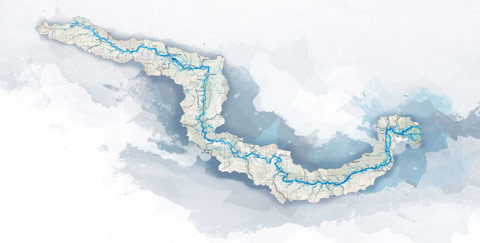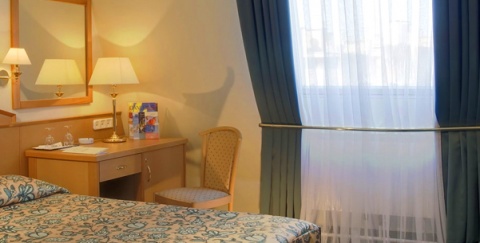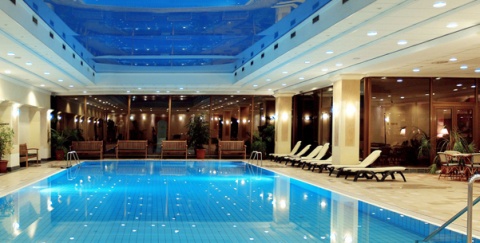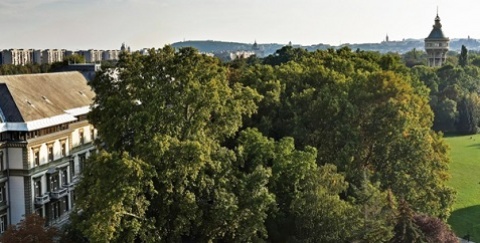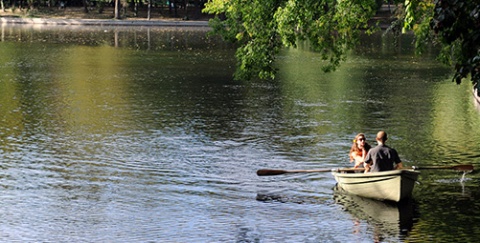
This city (33,500 inhabitants), in the very heart of Danube Bend (former Slovak name: Vacov; former German name: Waitzen) is almost half way between Esztergom and Budapest, some 35 km north of the capital of Hungary. It dates back to 896 AD and Holy King Stephen I, who made it a bishop seat, aside Esztergom. But first settlements date back to prehistoric and Roman times. Vác has always been a preferred tourist destination for the people of Budapest, but gained special international attention in 1994, when the famous mummies of Vác were discovered.
Vác Cathedral at Konstantin tér was built 1761 – 1777 in classicistic style by Austrian architect Isidore Canevale (opening hours: Mon – Sat 10.00 – 12.00, 13.30 – 17.00, Sun 7.30 – 19.00).
Earlier, a dome was built by King Géza, who was buried there in 1077 AD. It used to be part of the place of a fortress and castle. Today, the Franciscan Church and Friary at Géza király Square, the sight of the premises of the ancient fortress. It was built in 1685 in Baroque style.
In 16th century, Vác was occupied by Ottoman troops, for the first time. From 1684 – 1686, the ownership of the castle, which controlled the important Danube crossing at Vác, changed 40 (!) times. Further wars 1703 – 1711 brought everything to an end. In 1731, after a final city fire, Vác was totally destroyed and depopulated. From earlier times, only some city walls and the Pointed Tower survived.
DANUBE.TRAVEL has no control over the website content generated by users and/or visitors, neither such content represents a statement, opinion, recommendation or rating by DANUBE.TRAVEL. For further information please refer to DANUBE.TRAVEL – General Website Terms and Conditions of Use.
 EN
EN DE
DE


